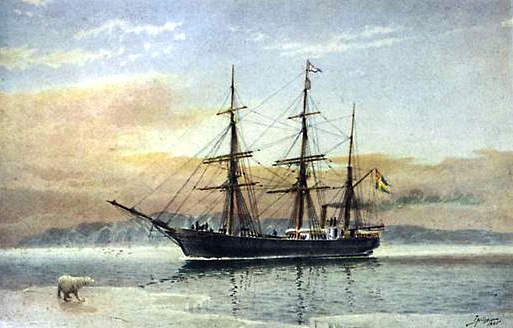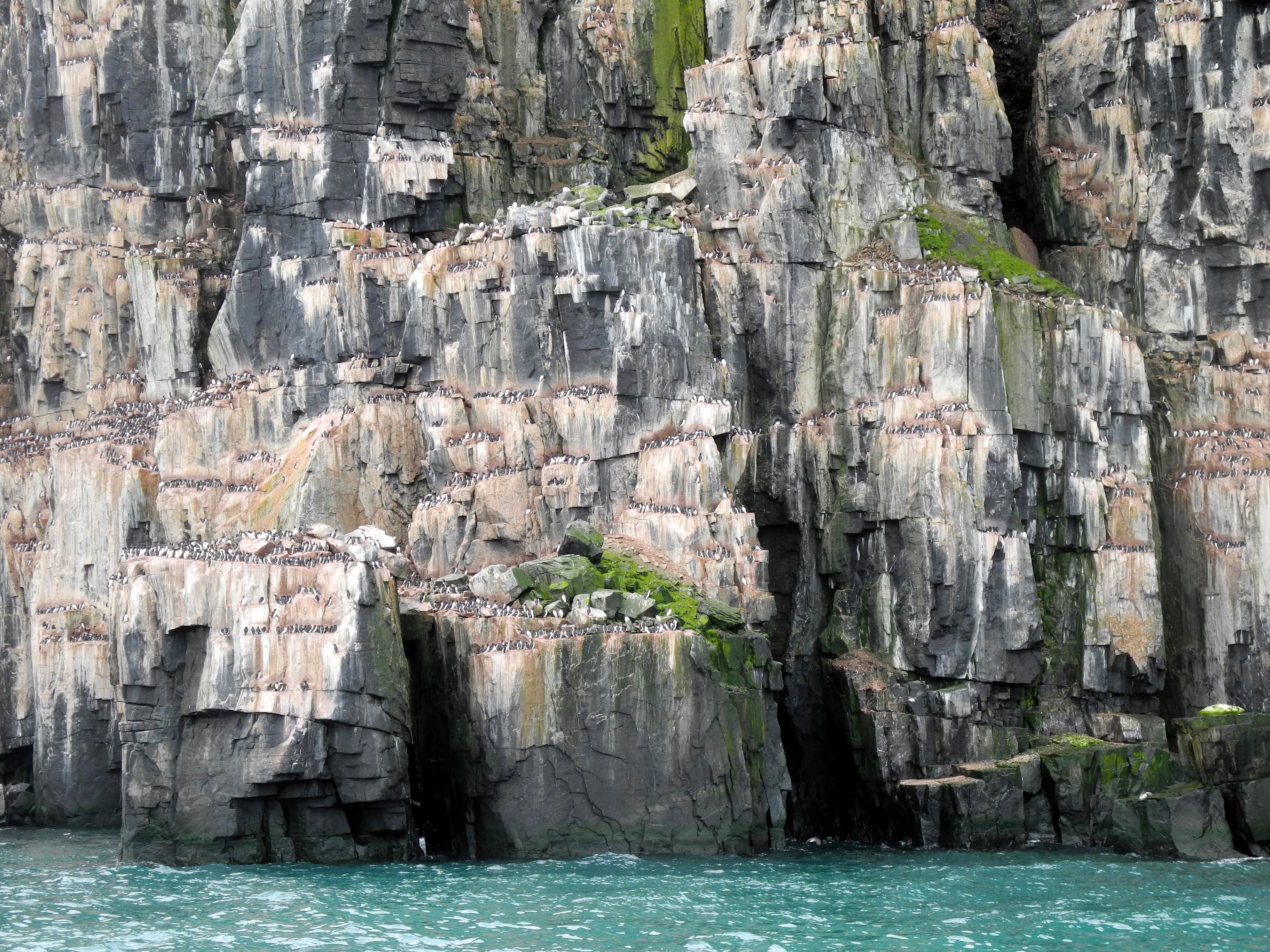|
Glitnefonna
Glitnefonna is an ice cap in Gustav Adolf Land on Nordaustlandet in the Svalbard archipelago. It is located on the peninsula Scaniahalvøya, west of the glacier Vegafonna, between the bay Palanderbukta to the northeast and Hinlopen Strait to the southwest. The glacier is named after the god hall Glitnir Forseti (Old Norse "the presiding one", "president" in modern Icelandic and Faroese) is the god of justice and reconciliation in Norse mythology. He is generally identified with Fosite, a god of the Frisians. Name Grimm took ''Forseti'', "''pr ... from Norse mythology. References Glaciers of Nordaustlandet {{Nordaustlandet-glacier-stub ... [...More Info...] [...Related Items...] OR: [Wikipedia] [Google] [Baidu] |
Vegafonna
Vegafonna is an ice cap in Gustav Adolf Land on Nordaustlandet Nordaustlandet (sometimes translated as North East Land) is the second-largest island in the archipelago of Svalbard, Norway, with an area of . It lies north east of Spitsbergen, separated by Hinlopen Strait. Much of Nordaustlandet lies under la ... in the Svalbard archipelago. It is located on the peninsula Scaniahalvøya, between the bay Palanderbukta to the north and Torellneset to the south. The glacier is named after the vessel SS ''Vega''. Further west on the peninsula is the ice cap Glitnefonna. See also * List of glaciers in Svalbard References Glaciers of Svalbard Nordaustlandet {{Nordaustlandet-geo-stub ... [...More Info...] [...Related Items...] OR: [Wikipedia] [Google] [Baidu] |
Scaniahalvøya
Scaniahalvøya is a peninsula in Gustav Adolf Land on Nordaustlandet, Svalbard. It is located south of Wahlenbergfjorden and the bay Palanderbukta, and northeast of Hinlopen Strait. The peninsula is named after the Swedish province of Scania. Large parts of Scaniahlavøya are glaciated, with the two icecaps Vegafonna Vegafonna is an ice cap in Gustav Adolf Land on Nordaustlandet Nordaustlandet (sometimes translated as North East Land) is the second-largest island in the archipelago of Svalbard, Norway, with an area of . It lies north east of Spitsbergen, se ... and Glitnefonna. References Peninsulas of Svalbard Nordaustlandet {{Nordaustlandet-geo-stub ... [...More Info...] [...Related Items...] OR: [Wikipedia] [Google] [Baidu] |
Palanderbukta
Palanderbukta is a fjord or bay in Gustav Adolf Land at Nordaustlandet, Svalbard, a southern bay of Wahlenbergfjorden. The bay is named after Swedish naval officer Louis Palander. Palanderbukta has a length of about twelve nautical miles. Southwest of the bay is the peninsula Scaniahalvøya, with the ice caps Glitnefonna and Vegafonna Vegafonna is an ice cap in Gustav Adolf Land on Nordaustlandet Nordaustlandet (sometimes translated as North East Land) is the second-largest island in the archipelago of Svalbard, Norway, with an area of . It lies north east of Spitsbergen, se .... References Bays of Svalbard Nordaustlandet {{Nordaustlandet-geo-stub ... [...More Info...] [...Related Items...] OR: [Wikipedia] [Google] [Baidu] |
Gustav Adolf Land
Gustav Adolf Land is the land area of the southwestern part of Nordaustlandet, Svalbard, south of Wahlenbergfjorden. The area is named after Gustaf VI Adolf of Sweden Gustav, Gustaf or Gustave may refer to: * Gustav (name), a male given name of Old Swedish origin Art, entertainment, and media * ''Primeval'' (film), a 2007 American horror film * ''Gustav'' (film series), a Hungarian series of animated short car .... References Geography of Svalbard Nordaustlandet {{Nordaustlandet-geo-stub ... [...More Info...] [...Related Items...] OR: [Wikipedia] [Google] [Baidu] |
Nordaustlandet
Nordaustlandet (sometimes translated as North East Land) is the second-largest island in the archipelago of Svalbard, Norway, with an area of . It lies north east of Spitsbergen, separated by Hinlopen Strait. Much of Nordaustlandet lies under large ice caps, mainly Austfonna and Vestfonna, the remaining parts of the north being tundra inhabited by reindeer and walruses. The island is uninhabited and lies entirely within Nordaust-Svalbard Nature Reserve. History English walrus hunters first sighted the south point of Nordaustlandet in 1617. This discovery was shown on the ''Muscovy Company's map'' (1625; but based on discoveries made in and prior to 1622), with the island labeled as ''Sir Thomas Smyth's Iland''. It also shows the North Cape (''Point Purchas''). It is first named ''Oostlandt'' ("East Land") on a Dutch 1662 map, and the following year another Dutch map marked its coastline more distinctly, showing its west and north coasts, separating the latter from the Seven Isl ... [...More Info...] [...Related Items...] OR: [Wikipedia] [Google] [Baidu] |
Svalbard
Svalbard ( , ), also known as Spitsbergen, or Spitzbergen, is a Norwegian archipelago in the Arctic Ocean. North of mainland Europe, it is about midway between the northern coast of Norway and the North Pole. The islands of the group range from 74° to 81° north latitude, and from 10° to 35° east longitude. The largest island is Spitsbergen, followed by Nordaustlandet and . The largest settlement is Longyearbyen. The islands were first used as a base by the whalers who sailed far north in the 17th and 18th centuries, after which they were abandoned. Coal mining started at the beginning of the 20th century, and several permanent communities were established. The Svalbard Treaty of 1920 recognizes Norwegian sovereignty, and the 1925 Svalbard Act made Svalbard a full part of the Kingdom of Norway. They also established Svalbard as a free economic zone and a demilitarized zone. The Norwegian Store Norske and the Russian remain the only mining companies in place. Res ... [...More Info...] [...Related Items...] OR: [Wikipedia] [Google] [Baidu] |
Hinlopen Strait
The Hinlopen Strait ( no, Hinlopenstretet) is the strait between Spitsbergen and Nordaustlandet in Svalbard, Norway. It is long and wide. The strait is difficult to pass because of pack ice. It is believed to have been named after Thijmen Jacobsz Hinlopen. The northern part of the strait is called Nordporten, between Storsteinhalvøya and Mosselhalvøya. The southern part, called Sørporten Sørporten (Southern Gate) is the southern part of Hinlopen Strait, Svalbard. It extends between the Bastian Islands and Bråsvellbreen at Nordaustlandet Nordaustlandet (sometimes translated as North East Land) is the second-largest island in th ..., widens up between Bråsvellbreen and the Bastian Islands. References External links * http://www.caplex.no/Web/ArticleView.aspx?id=9314679 (Norwegian) Hinlopen Strait's wildlife Straits of Svalbard {{svalbard-geo-stub ... [...More Info...] [...Related Items...] OR: [Wikipedia] [Google] [Baidu] |
Glitnir
Forseti (Old Norse "the presiding one", "President (government title), president" in modern Icelandic language, Icelandic and Faroese language, Faroese) is the Æsir, god of justice and reconciliation in Norse mythology. He is generally identified with Fosite, a god of the Frisians. Name Grimm took ''Forseti'', "''praeses''", to be the older form of the name, first postulating an unattested Old High German equivalent *''forasizo'' (cf. modern German ''Vorsitzender'' "one who presides"). but later preferring a derivation from ''fors'', a "whirling stream" or "cataract", connected to the spring and the god's veneration by seagoing peoples. It is plausible that ''Fosite'' is the older name and ''Forseti'' a folk etymology. According to the German philologist Hans Kuhn the Germanic form Fosite is linguistically identical to Greek ''Poseidon'', hence the original name must have been introduced before the Proto-Germanic sound change, probably via Greek sailors purchasing amber. Old Nor ... [...More Info...] [...Related Items...] OR: [Wikipedia] [Google] [Baidu] |
Norse Mythology
Norse, Nordic, or Scandinavian mythology is the body of myths belonging to the North Germanic peoples, stemming from Old Norse religion and continuing after the Christianization of Scandinavia, and into the Nordic folklore of the modern period. The northernmost extension of Germanic mythology and stemming from Proto-Germanic folklore, Norse mythology consists of tales of various deities, beings, and heroes derived from numerous sources from both before and after the pagan period, including medieval manuscripts, archaeological representations, and folk tradition. The source texts mention numerous gods such as the thunder-god Thor, the raven-flanked god Odin, the goddess Freyja, and numerous other deities. Most of the surviving mythology centers on the plights of the gods and their interaction with several other beings, such as humanity and the jötnar, beings who may be friends, lovers, foes, or family members of the gods. The cosmos in Norse mythology consists of Nine Worl ... [...More Info...] [...Related Items...] OR: [Wikipedia] [Google] [Baidu] |
Norwegian Polar Institute
The Norwegian Polar Institute (NPI; no, Norsk Polarinstitutt) is Norway's central governmental institution for scientific research, mapping and environmental monitoring in the Arctic and the Antarctic. The NPI is a directorate under Norway's Ministry of Climate and Environment. The institute advises Norwegian authorities on matters concerning polar environmental management and is the official environmental management body for Norwegian activities in Antarctica. Activities The institute's activities are focused on environmental research and management in the polar regions. The NPI's researchers investigate biodiversity, climate and environmental toxins in the Arctic and Antarctic, and in this context the institute equips and organizes large-scale expeditions to both polar regions. The institute contributes to national and international climate work, and is an active contact point for the international scientific community. The institute collects and analyses data on the environm ... [...More Info...] [...Related Items...] OR: [Wikipedia] [Google] [Baidu] |


.jpg)



